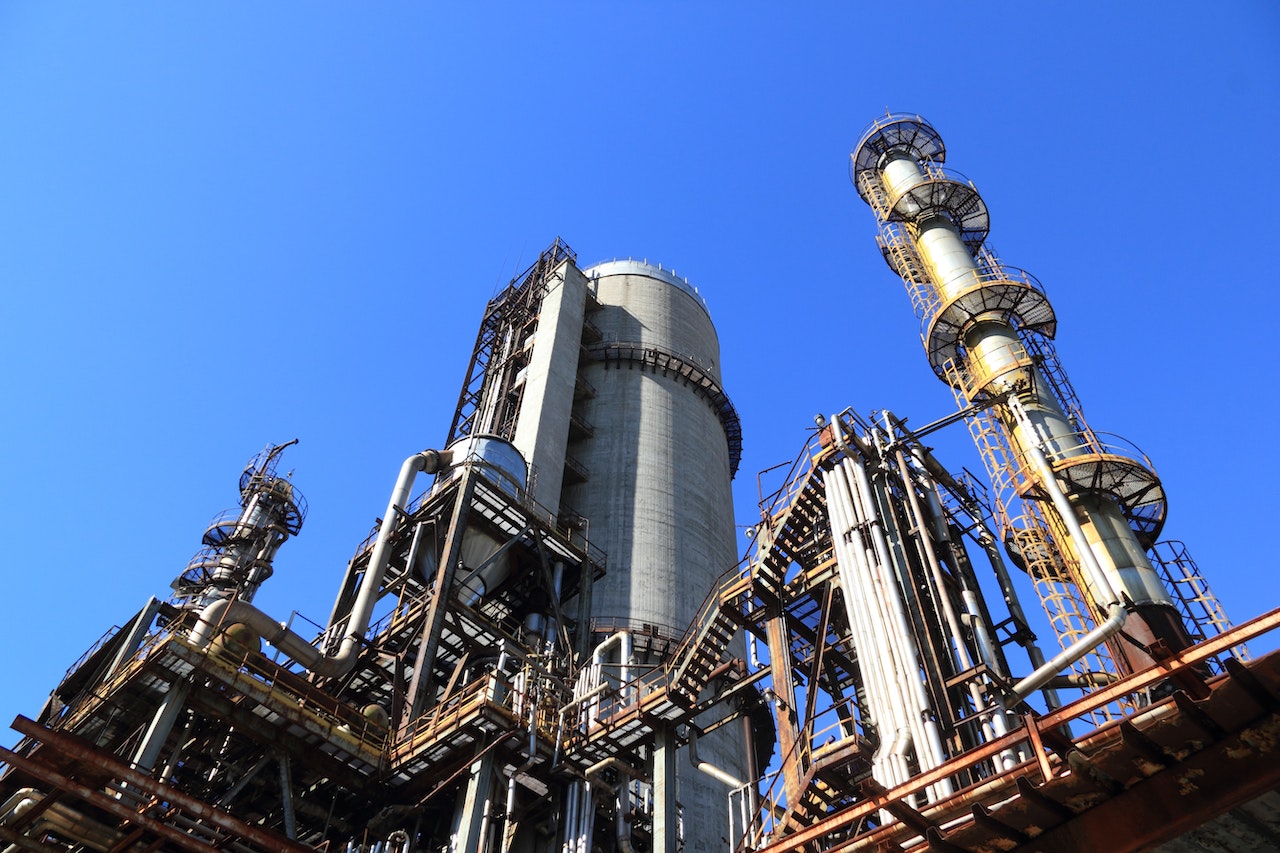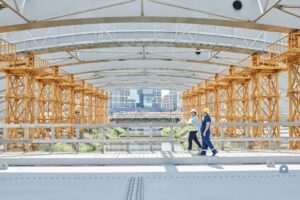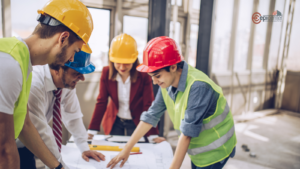Industrial safety is not only about wearing the right protective gear and following safety protocols; it also heavily relies on the integrity and effectiveness of the structures within an industrial setting. The role of structural design in industrial safety cannot be understated. In this article, we’ll explore the crucial connection between structural design and safety in industrial environments.
Introduction
When we think of industrial safety, images of hard hats, safety goggles, and caution signs often come to mind. While personal protective equipment and safety procedures are undoubtedly essential, they are only part of the equation. The very buildings, platforms, and structures where industrial activities take place play a fundamental role in ensuring the safety of workers, equipment, and the surrounding environment.
The Foundations of Structural Safety
Industrial structures are subjected to a range of pressures and forces, from heavy machinery vibrations to the potential impact of natural disasters like earthquakes and storms. A well-thought-out structural design takes all these factors into account. Here’s how it contributes to safety:
1. Load-Bearing Capacity
Structural engineers carefully calculate the load-bearing capacity of industrial buildings. This ensures that the structures can support the weight of heavy equipment, storage materials, and any other loads they may encounter during their operational life.
2. Resilience to Environmental Factors
Industrial facilities often exist in challenging environments. Structural design factors in elements such as wind resistance, seismic considerations, and resistance to extreme temperatures to ensure the building can withstand adverse conditions.
3. Risk Mitigation
Safety experts work closely with structural engineers to identify potential hazards and risks within an industrial facility. These risks might include chemical storage, machinery operation, or other factors specific to the industry. The structural design can incorporate safety measures to mitigate these risks.
4. Emergency Egress and Evacuation Planning
Structural design also plays a role in planning for emergencies. It involves the placement of emergency exits, escape routes, and assembly areas where employees can gather during evacuations, ensuring a swift and safe exit in critical situations.
5. Fire Safety Measures
Structural engineers incorporate fire-resistant materials and designs that limit the spread of fires within industrial facilities. This includes the use of fire-resistant barriers and suppression systems.
6. Compliance with Regulations
Industrial structures must comply with local, national, and international safety standards and building codes. Structural engineers ensure that designs adhere to these regulations, covering aspects such as load limits, seismic zones, and safety features.
7. Ongoing Maintenance Accessibility
A well-designed structure should be accessible for inspections and maintenance tasks. Regular inspections and preventive maintenance are critical for identifying potential structural issues before they become safety hazards.
Conclusion
In the realm of industrial safety, structural design is a silent yet powerful partner. It forms the bedrock upon which safe and efficient industrial operations can occur. As we prioritize the well-being of workers and the protection of valuable assets, let us not forget that the strength and resilience of the structures themselves are integral to maintaining a safe and secure industrial environment. Structural design is not just a blueprint; it’s a blueprint for safety.



